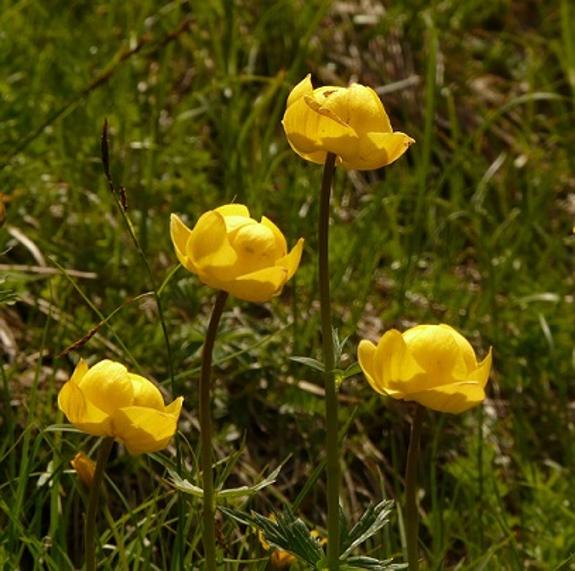

Secciones
Servicios
Destacamos

Denise Bush
Monday, 27 February 2017, 12:23
There are approximately 600 species in the Ranunculaceae family which includes buttercups and spearworts. One of the species that has become a popular garden plant is Ranunculus asiaticus or the Persian buttercup.
As the name suggests, they originate from Asia but are also native to Southern Europe. The most common variety grown in gardens is the Tecolote strain which has beautiful peony like flowers with layers and layers of delicate, crepey petals in bright red, yellow, pink, orange or white. Some are bi-coloured. The single blooms are just as attractive and look very similar to anemones.
Although ranunculus bulbs can be planted in autumn or in spring, it is best to try and get them in the ground in the autumn because as soon as the hot weather arrives they will become dormant. It is possible to speed up the flowering of spring planted ranunculus by soaking the little, brown, banana-like bulbs in tepid water for 10 hours beforehand.
Ranunculus are cool weather plants and will not tolerate the heat of the summer on the south coast of Spain.
The name of the genus comes from the Latin for 'little frog', probably because in the wild they are mainly found growing near water. They are not drought resistant and need rich, well-draining soil and plenty of sunshine. Ranunculus are popular with flower arrangers as they grow on long straight stems and last well as a cut flower.
Ranunculus can be grown in flower borders or in tubs but if planting in a container keep in mind that they grow in a mound up to 20cm across by 30cm tall and develop large root systems. Propagation is by division or by seed.
All parts of ranunculus are poisonous to horses, livestock, pets and humans. Members of the buttercup family are sometimes found in hay but the plant loses its toxicity once dried so it is safe for livestock to eat. Fresh parts of the plant can also cause skin irritation.
Publicidad
Publicidad
Publicidad
Publicidad
Esta funcionalidad es exclusiva para registrados.
Reporta un error en esta noticia

Debido a un error no hemos podido dar de alta tu suscripción.
Por favor, ponte en contacto con Atención al Cliente.

¡Bienvenido a SURINENGLISH!

Tu suscripción con Google se ha realizado correctamente, pero ya tenías otra suscripción activa en SURINENGLISH.
Déjanos tus datos y nos pondremos en contacto contigo para analizar tu caso

¡Tu suscripción con Google se ha realizado correctamente!
La compra se ha asociado al siguiente email
Comentar es una ventaja exclusiva para registrados
¿Ya eres registrado?
Inicia sesiónNecesitas ser suscriptor para poder votar.